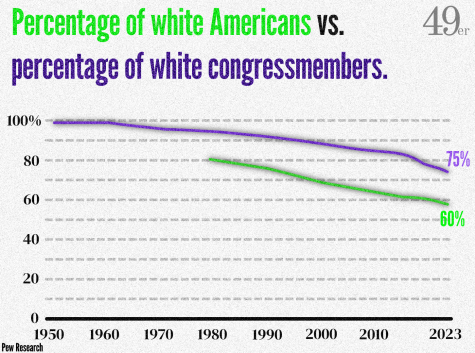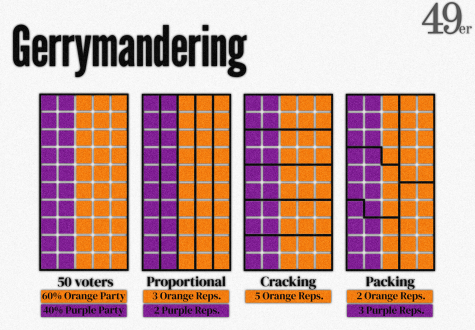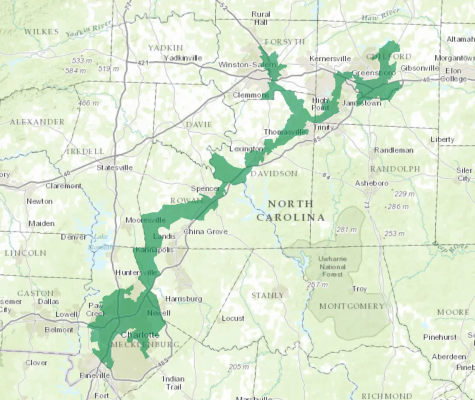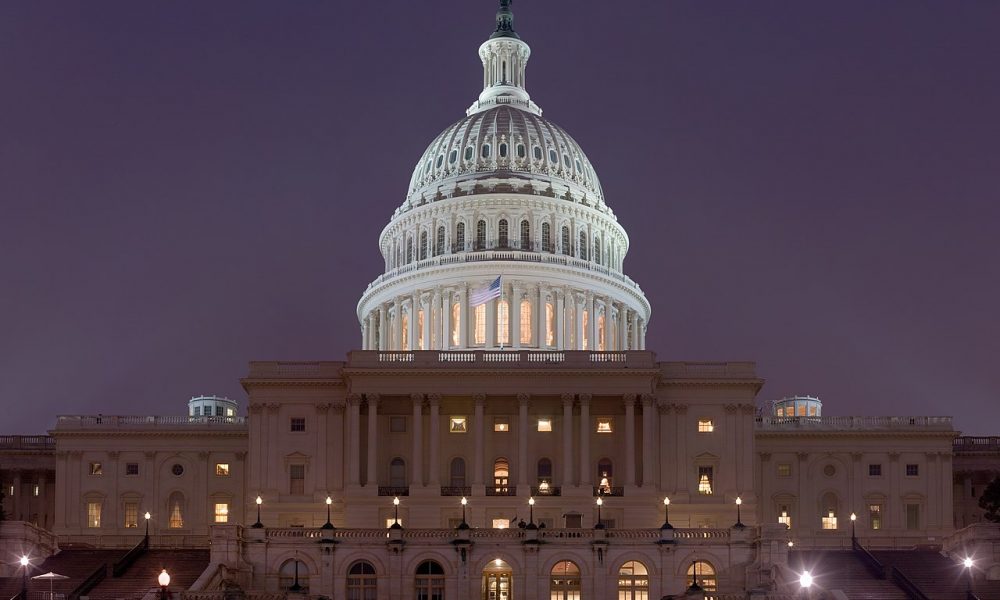Around 100 million Americans cast their ballots in the November 2022 midterm elections, voting in 435 House of Representative races, and elected the most diverse Congress in the history of the United States.
In the Senate, Markwayne Mullin (R-Oklah.) of the Cherokee Nation became the first Native American senator to serve in over two decades. Meanwhile, in the House, the election of Rep. Maxwell Frost, who is both Black and Hispanic, marked the first accession of Generation Z to national politics.

Despite this recent growth in diversity, the makeup of Congress remains unrepresentative of the broader population, according to the Pew Research Center. The more democratic chamber, the House, is 70% non-Hispanic white, while in the Senate 88 of 100 members also identify as such.
The common assumption is that the outcomes of races are decided by the voters, through the election process.
All else held equal, in this theory the House of Representatives would be 60% non-Hispanic white, while the more dominant white majority in the Senate would drop from 88 to 59.
This theoretical world is not reality; functioning as the Constitution intends, the will of the voters is only a single non-dominating variable in the final outcome of democracy. It is these other variables that lead to a discrepancy, often tied to race, ethnicity, gender and socio-economic factors, in who our representatives actually represent.
In the case of the Senate, the demographic inconsistency originates from the chamber’s equal representation by state.
California contains over 15 million residents who identify as Hispanic; Wyoming, a state with a total population of 579,000 is privy to the same representation in the Senate. This system is intentional in design, with the express purpose of limiting the power of larger states on a federal level.
The situation in the House of Representatives is far more multifaceted, involving a multitude of bipartisan government agencies and political entities.
Every 10 years the United States federal government embarks on the monumental task of counting every single individual living in the United States. The results of these censuses serve as the framework for our elections, aiding state governments as they draft their congressional districts.
Once finalized and handed to the state legislatures, this data is used to slice up the country into congressional districts, each representing an average of 710,000 individuals.

The ability to shape these borders is an incredibly powerful tool that can be used to favor political interests by either packing opposing groups into a single district or cracking their communities in an attempt to dilute their votes; these two actions are collectively referred to as gerrymandering. As such, the process governing how these lines are drawn is complicated and subject to intense political debate.
Over the decades the Supreme Court has ruled on hundreds of gerrymandering cases, but despite this, the Court has yet to take a definitive stance on the constitutional standards by which congressional districts should be judged.

This has allowed both major political parties to crack and pack various groups, from racial to partisan, as long as they tow a line of plausible and acceptable deniability. The result is a country that disproportionately over-represents non-Hispanic whites in the House of Representatives.
The United States is subject to the oldest functioning Constitution in the world, one which is adverse to change by design. The existence of two arms of Congress, one with equal representation among the states, is an almost uniquely American system, as is the process of gerrymandering.
Supporters of the existing system argue for its longevity and stability, while those opposed to its continuation point to other, more democratic, western democracies as evidence for improvement.




